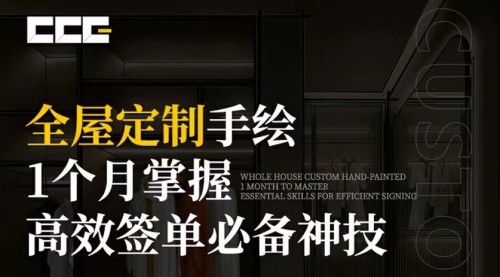Cultural Center, São Paulo, Brazil- 设计师:Miguel Muralha, São Paulo Arquitetura, Yuri Vital
- 面积: 3800 .0m²
- 年份:2016
- 摄影:Fabio Hargesheimer
- 设计团队:Alejandra Ferrera, Bruno Santucci, José Amorim, Roni Ebina
- Client: Porto Seguro - Seguros
- 合作者:Bruna Shayenne, Eduardo Dugaich, Fabio Onuki , João Osniki, Leila Leão, Maria Angêlica Damico, Nara Diniz, Ricardo Cristoffani, Rodrigo Nakajima
- Construtor:Teixeira Duarte SA
- 土木工程: Luiz Fernando Büll
- Coordinator:Bruno Paisana
- Concrete Structure:JKMF Engenharia - Eng. Ângela Tozzo
- Metal Structure:Kurdjian Fruchtengarten Engenharia
- Lighting:Gustavo Lanfranchi
- City:São Paulo
- Country:Brazil
- 设计师描述 | Designer description: An invitation to the public is made through large entrances without physical barriers and with a welcoming character. The folds guide the route and encourage curiosity to discover a new space. An exposed concrete pure monolith, gives life to the new cultural center of the city of Sao Paulo, Brazil.
- Located in Campos Elíseos, central area of the city, in the corner between Alameda Barão de Piracicaba and Alameda Nothmann, the proposed architecture comes with a series of measures aimed towards the urban revitalization of the region.
- Known in the 40s as the “paulista” elite neighborhood and home of the headquarters of the Sao Paulo’s Government, Júlio Prestes Train Station and Luz Train Station. The region went through a messy process of development, and currently Campos Elíseos has abandoned mansions and a deep stage of social problems, with that, it ended up receiving the nickname of “Crackland" due to the excessive consumption of hallucinogens that occurs in the local streets.
- In contrast to this harsh reality, the new cultural center came to encourage the transformation of the region and improve the local urban scene. Designed to be a place for development and presentation of the most varied contemporary artistic expressions, the space aims to present exhibitions, workshops, courses, symposiums, parties and festivals. Therefore, the diversity of the spatiality of the interior spaces was designed to give high flexibility of use, making possible to use diverse layouts and scales of exposures; facts that enrich the experience of the local user.
- The concrete facade with folds creates shadows that become light when the visitors access the interior of the building. The Cultural Center program is divided into areas of support (administration, museology, classrooms and bathrooms) and exhibition spaces. The building receives folds that face the traditional formalism for an art gallery. These folds compound the technical organization dividing the exhibition spaces, guiding the access and ensuring good acoustic, because it breaks the wall’s parallelism.
- In spaces where lighting and ventilation is necessary such as: management, museology, classrooms and bathrooms, was idealized a differential front where the glass facade is protected by a second skin, a separate element of concrete and wood, creating an unusual facade.
- Another interesting aspect of the building is the way to access the mezzanine through a ramp that is projected to the outside, creating the opportunity of a differentiated contact with the external environment, and generating a desirable pause for the transition of pavements. Also this transition space is an opportunity to contemplate the School of Arts and Crafts of Sao Paulo, a building with historical significance for the city.
- In addition to the asymmetric architecture of concrete, the complex also features a public square that articulates a cultural space with other local facilities (restaurant and gift shop). Art can, therefore, exceed the physical limit of the building and create alternative exhibition spaces outdoors.
- The goal was to resolve the architectural brief using pure volumes, limited only by plastically designed facades that indicate internal functions, secondary volumes and vertical circulation. The integration between spaces allows visitors to make a contemplative contact with the external environment. Asymmetrical shapes and contours stimulate the discovery of space. The natural light becomes the main artist in the architecture, openings in unusual and different locations, make lights and shadows to fill the spaces with a kind of natural art.
- The Cultural Center used a reinforced concrete based system, in addition of being a widespread, and known to local labor technique, it had a great influence on modern Brazilian architecture. The use of concrete was essential to get the plasticity that the architecture needed. The malleability capacity of the material facilitated the construction of the shapes requested by the project. Therefore, the structural elements are components that gives the building, as well as other materials used, plasticity and functionality.





































- 转载自:Archdaily
- 设计师:Yuri Vital
- 分类:Cultural Center
- 语言:英语
- 阅读原文
|

 发表于 2020-12-28 05:59:33
发表于 2020-12-28 05:59:33







































 已绑定手机
已绑定手机









